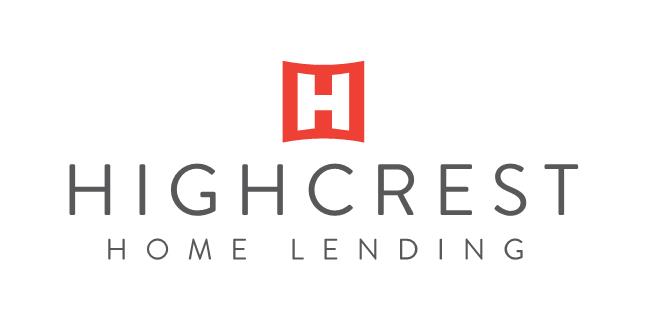1. You can’t apply for a mortgage until your student debt is paid off.
The vast majority of Americans are carrying some form of debt, so when it comes to student loan debt, lenders are understanding. Rather than turning down your application, they’ll consider your debt-to-income ratio. This percentage is found by dividing your total monthly debt payments by your total monthly income.
2. You have to put 20% down to buy a home.
In today’s housing market, many loans require much less than 20%. The 20% rule actually comes from private mortgage insurance (PMI), which some lenders require for those who put down below 20%. PMI works as a protection that compensates your lender if you default on the loan.
3. Applying for a mortgage will hurt my credit score.
Multiple inquiries on your credit can temporarily lower your score, however, all similar inquiries made within a 30-day period count as one! This means that you’re able to get as many opinions and shop as many lenders as you need within this time span.
4. Getting pre-qualified is the same as getting pre-approved.
The pre-approval process is much more extensive than pre-qualification. Pre-qualification usually requires a few simple questions about your financial situation and history, while pre-approval happens when a lender vets your financials through bank statements and credit scores.
5. You need perfect credit to buy a home.
Your credit doesn’t have to be spotless to buy a new home! While credit does play a major role in the mortgage process, there are a number of solutions for people who have lower credit scores.
At Highcrest, our team of expert loan officers has extensive experience working with first-time homebuyers, investors, high net worth borrowers, low to moderate-income borrowers and self-employed borrowers. We may have the perfect mortgage loan solution for you too! Get in touch!

